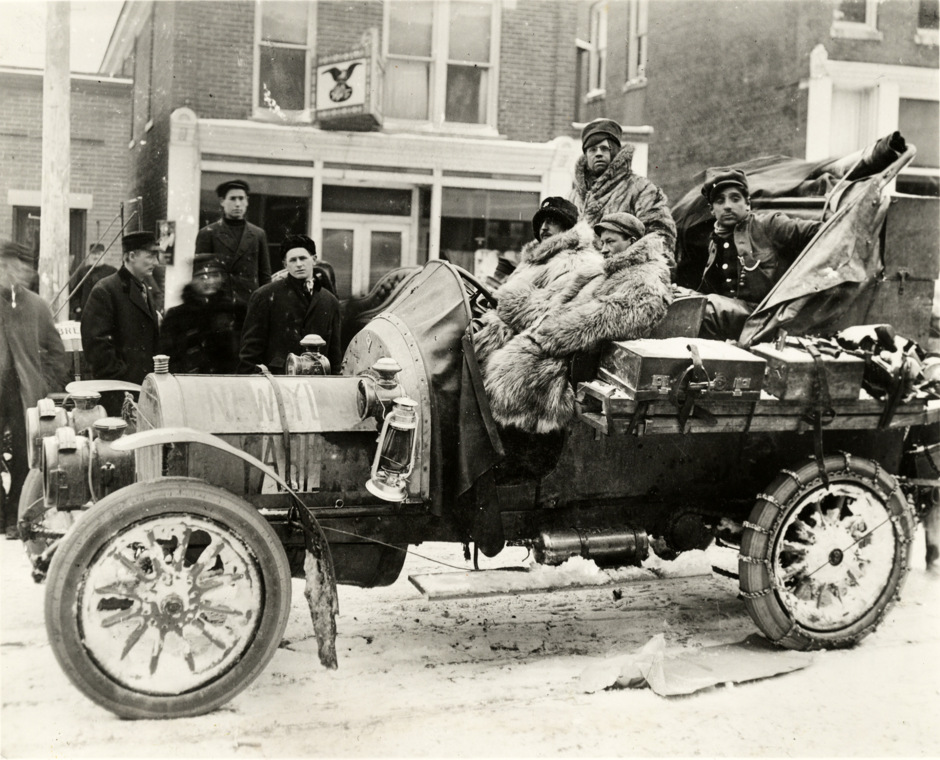The starting signal will be given at noon from the offices of the Matin. All our nervous anxiety has disappeared, all the difficulties have vanished. At least the difficulties are still serious, but our minds have cast aside all doubt. We shall not think of to-morrow, of the future ; we shall simply go ahead.
The exhilaration, the intoxicating joy of the preparations has returned. We find that of all this fantastic expedition that is before us, with no sleeping- cars, no hotels, when we shall be face to face with nature, surely the most exciting part was the feverish rush from shop to shop, from store to store, in search of guns, furs, tinned foods. ... When the hour has struck and our departure is imminent all this tumult of sensations is calmed. We are in front of an immense building, in the midst of a noisy crowd. People fill the streets, fill the balconies, climb the trees of the boulevard. They are every¬ where. Waiting has made them impatient. The Latin cars — three French and our Italian — are lined up by the pavement, indifferent to all the noise. W e are too small, too mean-looking, to be the cause of all this excitement, the realisation of the dream of this immense throng. The crowd questions us, calls us by name, and soon the general anxiety spreads also to ourselves. We feel the emotion of spectators, not of actors. Is it possible that we form the centre of this wave of roars which breaks over our machines, of this excitement which strikes us like the wind in great gusts ? There is a sudden movement. ... A window, hitherto unoccupied, on the first floor of the Matin office, is thrown wide open and some men appear. A hand waves a signal — “Allez!”
Scarfoglio Antonio, Round the world in a motor-car, New York : M. Kennerley ; London : G. Richards, 1909

